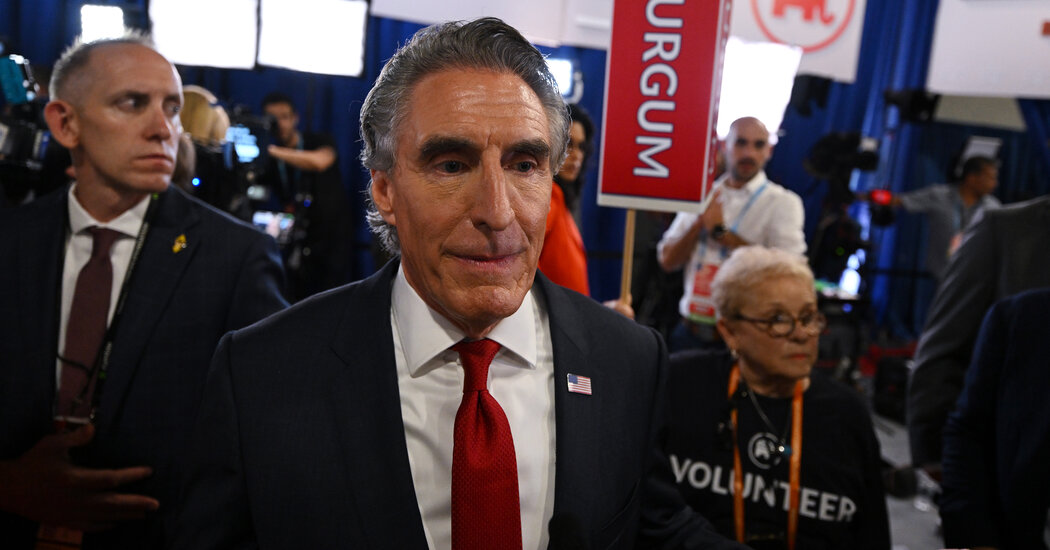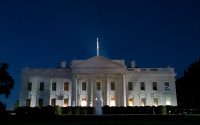Read the Ruling That Dismisses the Documents Case Against Trump

Case 9:23-cr-80101-AMC Document 672 Entered on FLSD Docket 07/15/2024 Page 17 of 93
rule but defending position on the basis of ordinary statutory interpretation too)]. See Steven G.
Calabresi & Gary Lawson, Why Robert Mueller’s Appointment As Special Counsel Was Unlawful,
95 Notre Dame L. Rev. 87, 115-16 (2019). Trump appears to agree with these arguments,
although not explicitly in “clear statement” terms. And Special Counsel Smith seems to reject
imposition of any rule of construction or presumption [ECF No. 374 pp. 11–14; see ECF No. 647
pp. 87-88].
Without purporting to survey the Supreme Court’s “clear statement” jurisprudence, it is
enough to say that clear statement rules have been applied as substantive canons of construction
in various contexts to protect foundational constitutional guarantees, and usually to solve questions
of ambiguity in statutory interpretation. See Amy Coney Barrett, Substantive Canons and Faithful
Agency, 90 B.U. L. Rev. 109, 168 (2010); W. Virginia v. Env’t Prot. Agency, 597 U.S. 697, 735–
36 (2022) (Gorsuch, J., concurring). 16 Clear statement rules do not require Congress to “use magic
words” or to “state its intent in any particular way,” but they do require Congress to speak clearly―
not merely “plausibly”—as discerned through traditional tools of statutory construction. MOAC
Mall Holdings LLC v. Transform Holdco LLC, 598 U.S. 288, 298 (2023)); Spector v. Norwegian
16 These include attempted waivers of federal and state sovereign immunity, Fin. Oversight &
Mgmt. Bd. for Puerto Rico v. Centro de Periodismo Investigativo, Inc., 598 U.S. 339, 346 (2023),
Dep’t of Agric. Rural Dev. Rural Hous. Serv. v. Kirtz, 601 U.S. 42, 48 (2024), Seminole Tribe of
Fla. v. Fla., 517 U.S. 44, 55 (1996); efforts to impose retroactive liability, Landgraf v. USI Film
Products, 511 U.S. 244, 265–66 (1994); attempts to grant agencies powers of “vast economic and
political significance,” Alabama Ass’n of Realtors v. Dep’t of Health & Hum. Servs., 594 U.S. 758,
764 (2021); federal preemption of state law and federal efforts to regulate areas of traditional state
responsibility, Bond v. United States, 572 U.S. 844, 859 (2014), Nixon v. Missouri Municipal
League, 541 U.S. 125, 128 (2004), BFP v. Resolution Trust Corporation, 511 U.S. 531, 544
(1994); jurisdictional time bars affecting a court’s adjudicatory capacity, Wilkins v. United States,
598 U.S. 152, 159 (2023); Boechler, P.C. v. Comm’r of Internal Revenue, 596 U.S. 199, 206
(2022); and in cases that could be described as implicating the balance between the federal
branches, Kucana v. Holder, 558 U.S. 233, 237 (2010); I.N.S. v. St. Cyr, 533 U.S. 289, 298 (2001);
Davis v. Passman, 442 U.S. 228, 246–47.
17


